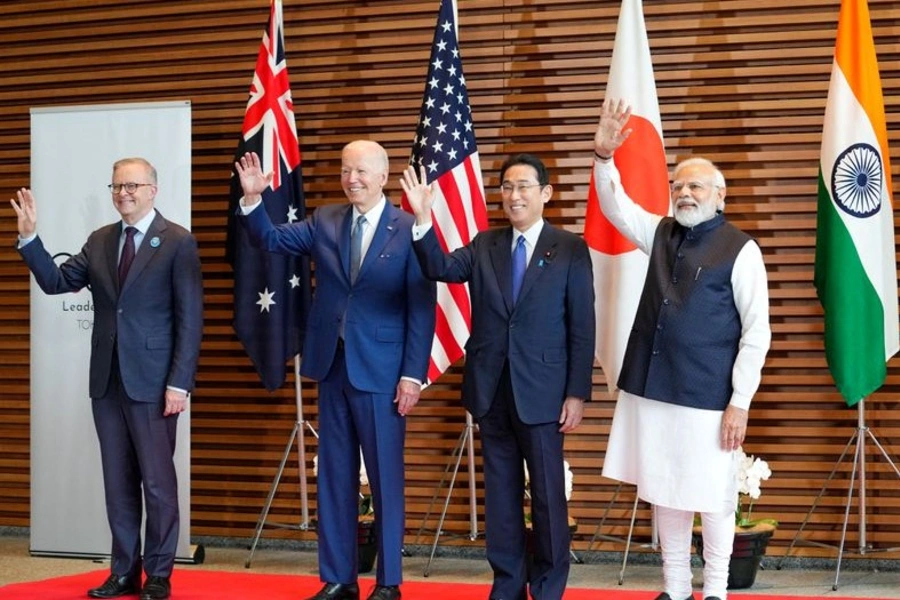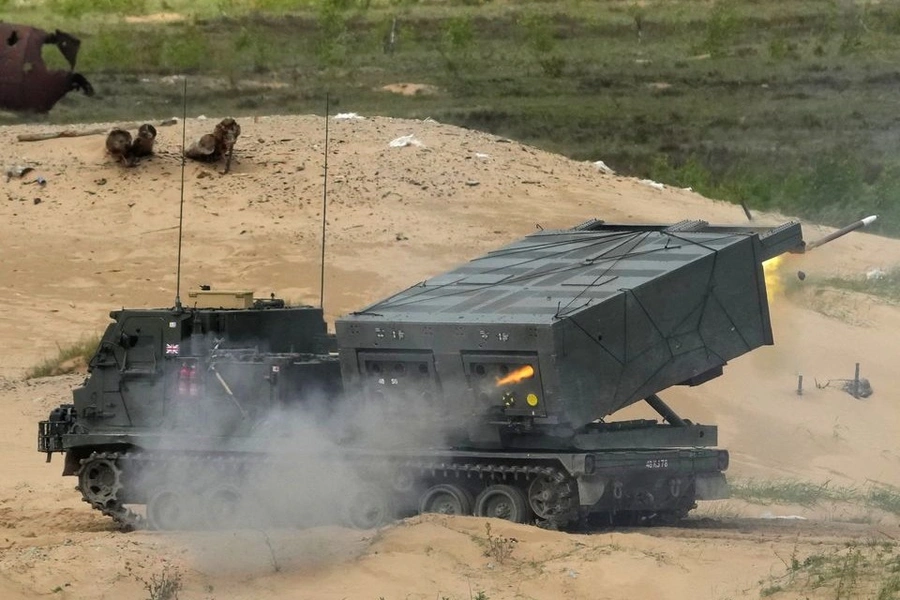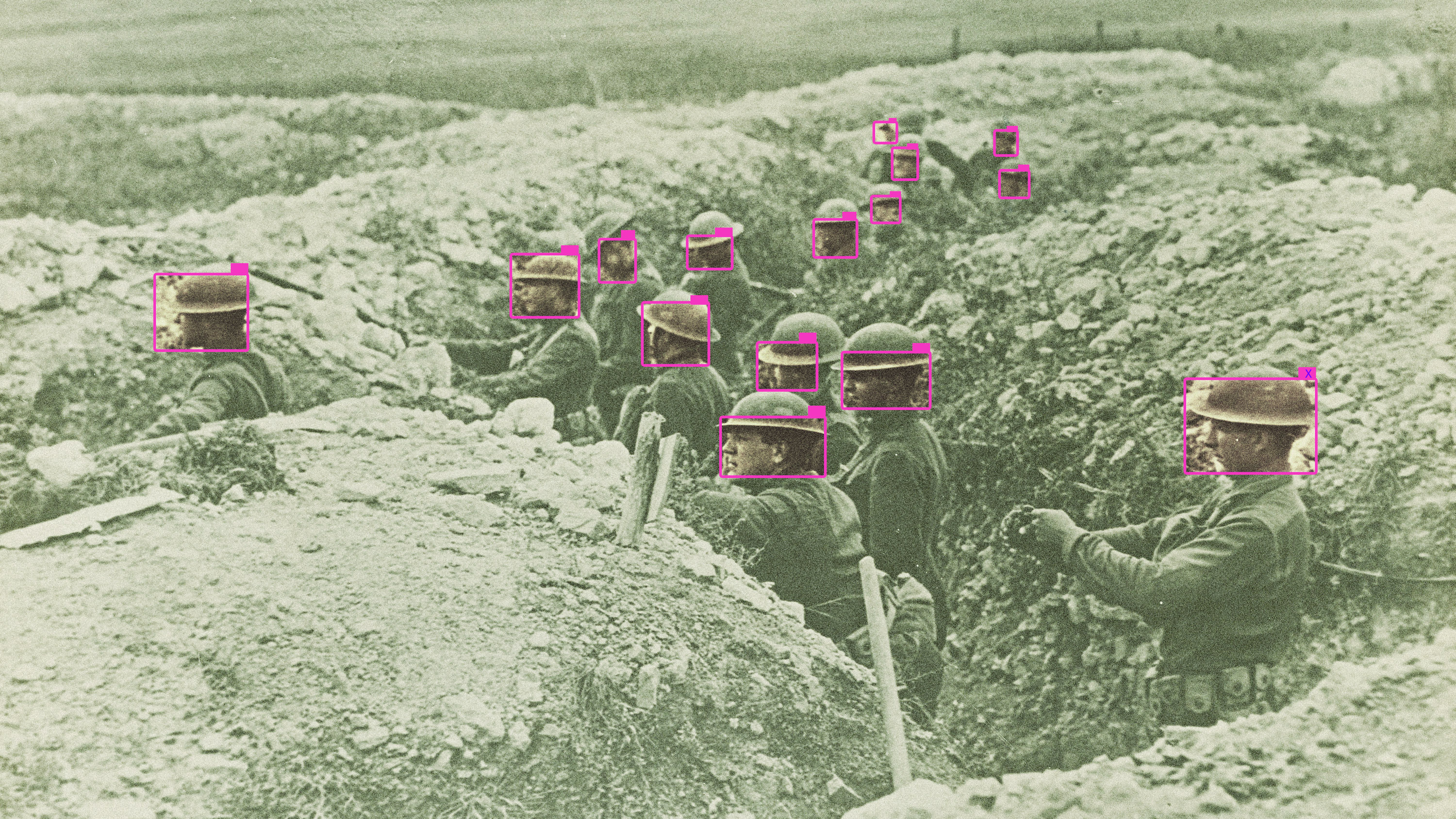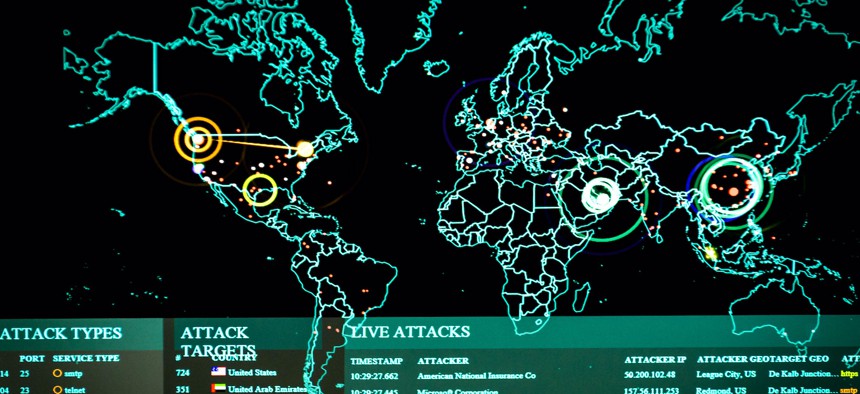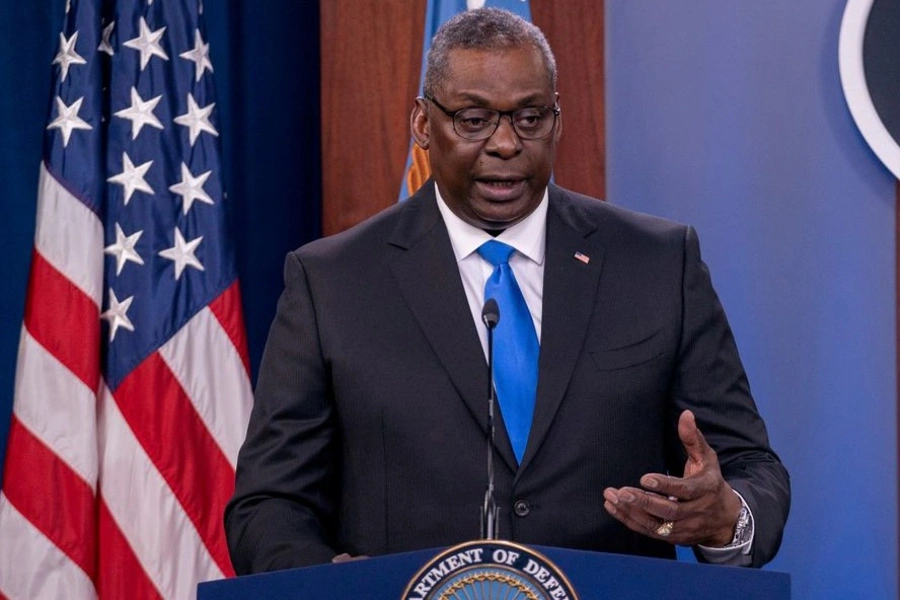
The Organization of the Petroleum Exporting Countries and its allies, known as OPEC+, has agreed to a further 100,000 barrels per day oil production hike from September as it warned of a lack of spare capacity for any greater increases.
The alliance, which includes Russia, held a meeting on Wednesday to discuss output levels amid calls from the US to ramp up production to cool the international oil market.
The increase will mean the 23-nation group, which includes Russia, will raise output by 748,000 bpd from next month.
In a statement after the meeting, OPEC+ warned that a lack of investment into the upstream sector will impact the availability of adequate supply “to meet growing demand beyond 2023 from non-participating non-OPEC oil-producing countries, some OPEC Member Countries and participating non-OPEC oil-producing countries.”

:quality(100)/cloudfront-us-east-1.images.arcpublishing.com/thesummit/VG23A3AASJBK3I2NR63GYLFXTQ.jpg)
:quality(100)/cloudfront-us-east-1.images.arcpublishing.com/thesummit/KMWVXE6IHZC2HL6JVCJ72WVFA4.jpg)

